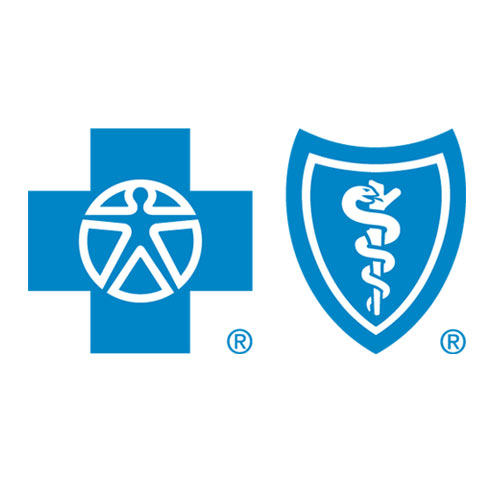New legislation takes steps to lower premiums and drug costs
December 2, 2022The 2022 Inflation Reduction Act took important steps to lower health insurance premiums for thousands of Minnesotans while also lowering the cost of prescription drugs. By extending tax credits set to expire in 2022, the IRA maintained discounts for those who purchase coverage on their own through the Individual market.
Keeping premiums affordable in 2023
The three-year extension of these federal tax credits (first added to The Affordable Care Act in 2021) reduces the eligible premiums just as people are selecting or renewing coverage for 2023. Currently, about 3 percent of Minnesotans (163,000 people) have individual health insurance plans, including the 107,000 who enrolled through MNsure, our state-based marketplace. Thanks to the initial tax credits, an estimated 34,000 fewer Minnesotans went without health insurance in 2021 compared to 2019. The benefit to household budgets was significant and immediate. For example, a 60-year-old couple living on $70,000 annually saw their average premiums decrease from approximately $1,800 to less than $500 per month.
Moreover, the tax credit extension complements action taken earlier this year by the Minnesota legislature to extend the Minnesota Premium Security Plan (PSP). That program offsets high-cost medical bills in order to keep those large cost from distorting the calculations used to set premium rates. Blue Cross joined a broad coalition to support extending the program, which resulted in a large bipartisan vote and an overall decrease of 2.3 percent in 2023 individual market premiums. For Minnesotans buying coverage on their own, these measures have a discount effect similar to those receiving their coverage from an employer, the most common type of insurance for those under 65.
A start to reduce drug prices
In addition to lowering premiums, the Inflation Reduction Act took steps to help millions of Americans on Medicare save money by lowering the cost of prescription drugs. Starting in 2023, the legislation will place a monthly cap of $35 on insulin and will impose penalties on drug companies if certain drug prices increase faster than the rate of inflation. In 2025, seniors and people with disabilities on a Medicare Part D drug plan won’t pay more than $2,000 a year for medications bought at the pharmacy. And lastly, in 2026 the Inflation Reduction Act will allow Medicare to start negotiating costs for some of the most expensive specialty medications on the market.
Unfortunately, the law’s provisions to lower drug costs are limited to Medicare and do not extend to commercial plans offered by employers and private insurers. At Blue Cross, we strongly believe that additional safeguards are needed to ensure that pharmaceutical manufacturers do not try to make up for Medicare price restrictions by shifting more costs to private plans.
Additionally, more work needs to be done to ensure that drug prices appropriately align value, effectiveness, and the total cost of care for patients.
State policymakers have taken action to address drug costs and may offer a path to tackle the Inflation Reduction Act gap for employer plans. The Minnesota legislature passed a drug transparency law in 2019 and state officials are exploring excessive drug prices and the value to patients. For example, six states – Colorado, Maine, Maryland, New Hampshire, Oregon, and Washington – have established Prescription Drug Affordability Boards, or PDABs. These independent bodies are permitted to analyze the high cost of drugs and suggest effective ways to lower spending.
Impact on all markets
While much of the conversation about premium subsidies, prescription drug pricing, or reinsurance is centered around the individual market, these policies do affect everyone. We know that in Minnesota, and throughout the country, rising health care costs are making premiums and out-of-pocket expenses increasingly unaffordable.
Regardless of whether a person has health coverage through a government program, an employer benefit plan or other types of insurance, further action to address rising costs is critical to keeping health care affordable. At Blue Cross and Blue Shield of Minnesota, we are committed to ensuring that access to timely, affordable, and high-quality care is within reach for everybody.

